Amsterdam draws millions of visitors each year with its charming canals, world-class museums, and vibrant nightlife. While guidebooks cover the must-see attractions, they often miss the nuanced understanding that comes from actually living in this unique city. The difference between being just another tourist and truly experiencing Amsterdam? It lies in understanding how locals navigate their daily lives.
Here’s a list of 16 things that Amsterdam residents really wish visitors knew before exploring their city.
Bike Like You Belong
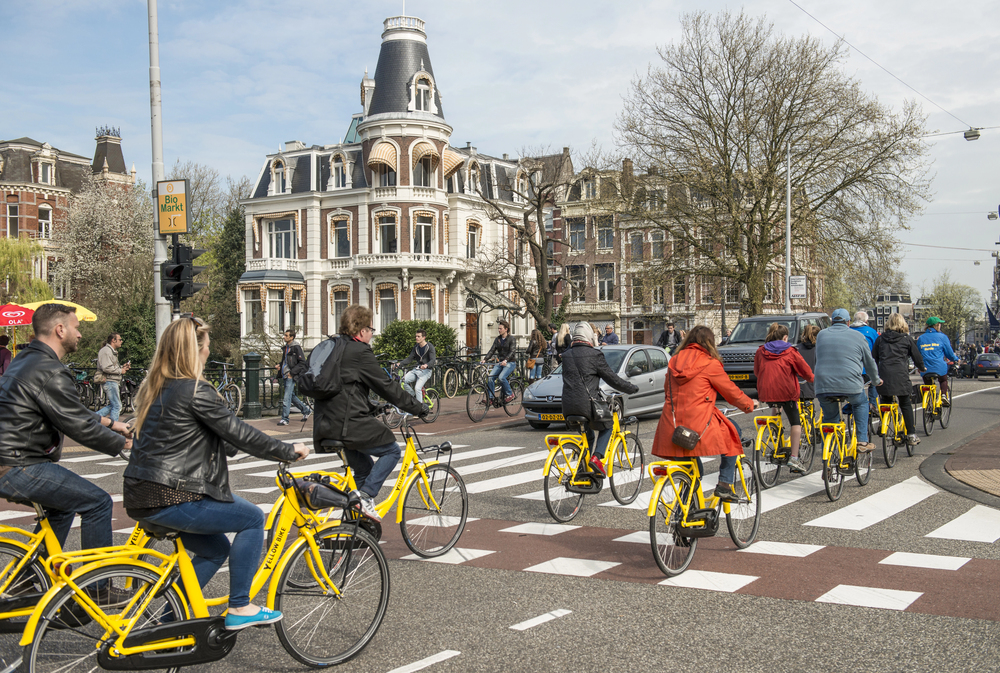
— Photo by Alenmax
Cycling in Amsterdam isn’t just transportation — it’s an art form requiring an understanding of unwritten rules. Locals ride with purpose and confidence, rarely stopping to check directions or wobbling uncertainly through intersections. The key involves maintaining steady speed and predictable movements, much like driving in heavy traffic, where sudden stops cause chaos. Don’t be the tourist who stops mid-bike lane for photos.
Avoid the Tourist Trap Restaurants
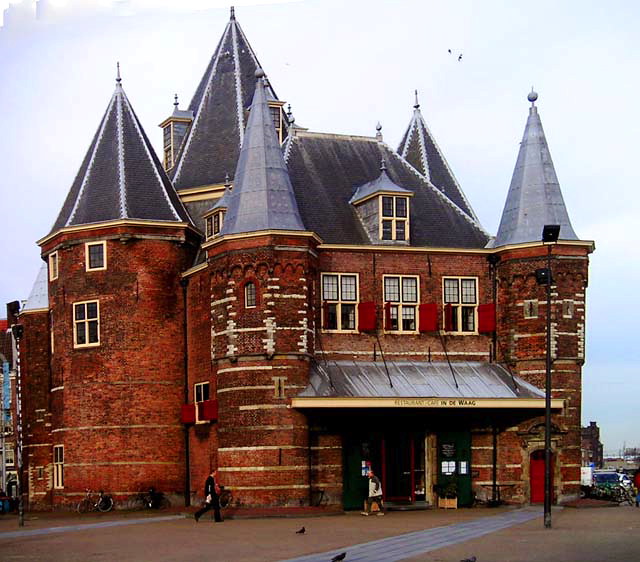
Those restaurants with multilingual menus and aggressive hosts near major attractions? They rarely serve food that locals would recommend. Amsterdammers typically eat at neighborhood spots tucked away on quiet streets — places where the menu might only be in Dutch and the atmosphere feels more like someone’s living room. Look for establishments where you hear Dutch being spoken at most tables; that’s usually a solid indicator you’ve found authentic local cuisine.
Learn the Coffee Shop Reality
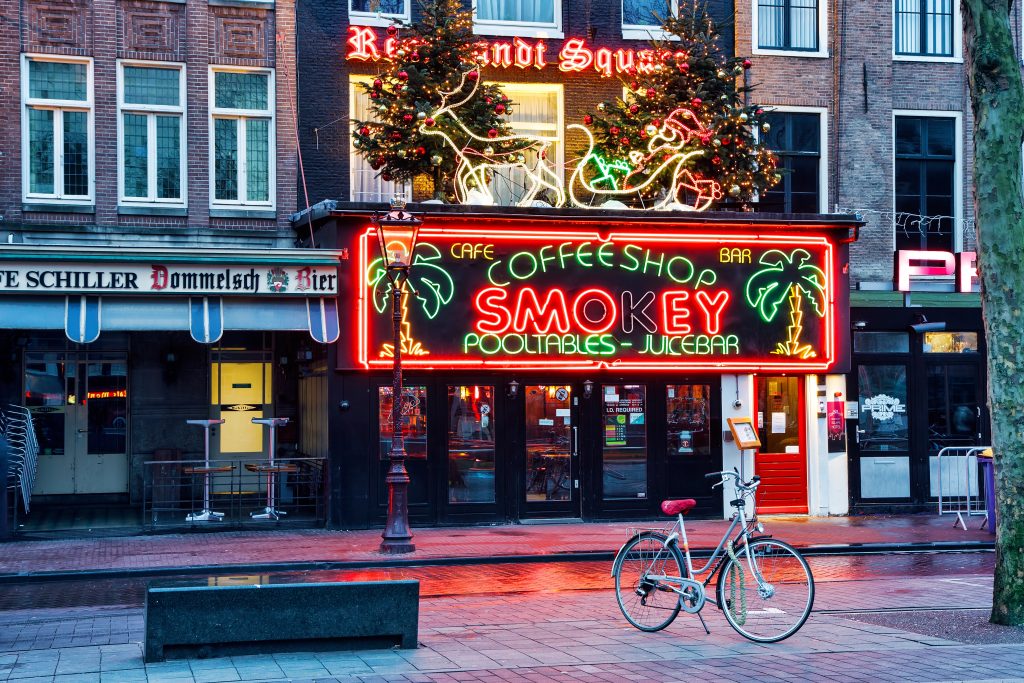
— Photo by BostoX
Not every ‘coffee shop’ in Amsterdam is what tourists think it is, and locals can spot confused visitors instantly. Many establishments are actually just regular cafés serving excellent coffee and pastries — nothing more, nothing less. The places that do serve cannabis are clearly marked and have specific etiquette that locals follow religiously, though understanding this distinction will save you from awkward misunderstandings.
Master Public Transport Timing
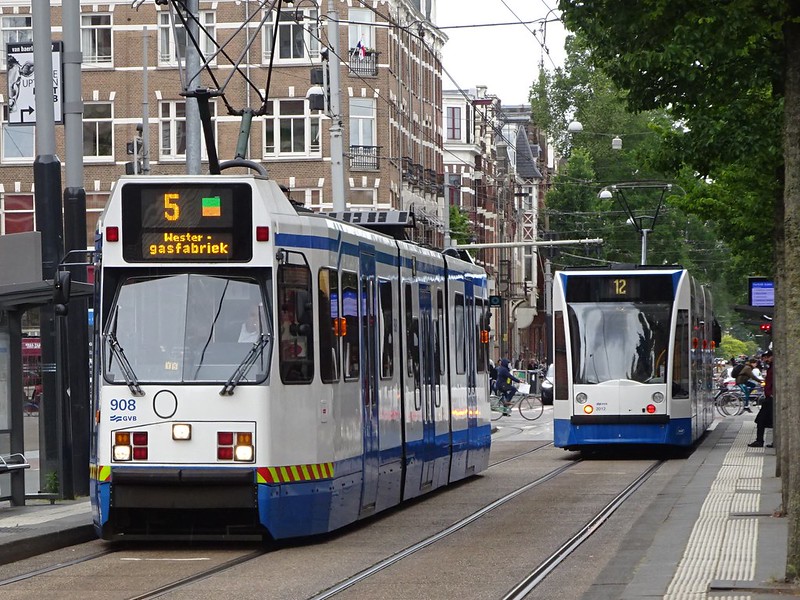
Amsterdam’s trams and buses run like clockwork, yet locals know certain routes get impossibly crowded during rush hours. The trick involves timing your movements to avoid the 8-9 AM and 5-6 PM crush when everyone’s commuting to work. Locals also know which tram stops to avoid during peak tourist seasons — Centraal Station and Dam Square become practically unusable on sunny weekends, transforming into human sardine cans.
Respect the Canal Culture
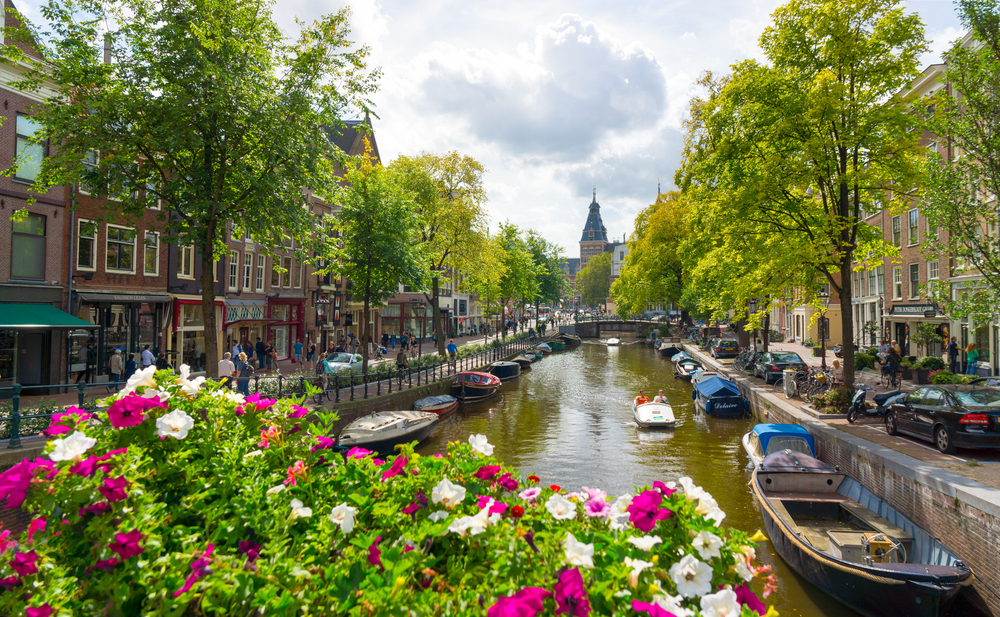
Those picturesque canals aren’t just pretty backdrops for Instagram photos; they’re working waterways where people actually live their daily lives. Locals get frustrated when tourists treat houseboats and canal-side homes like public attractions — peering into windows and making noise at all hours. The unwritten rule involves admiring from a respectful distance and keeping voices down, especially in residential areas.
Navigate Like a Local
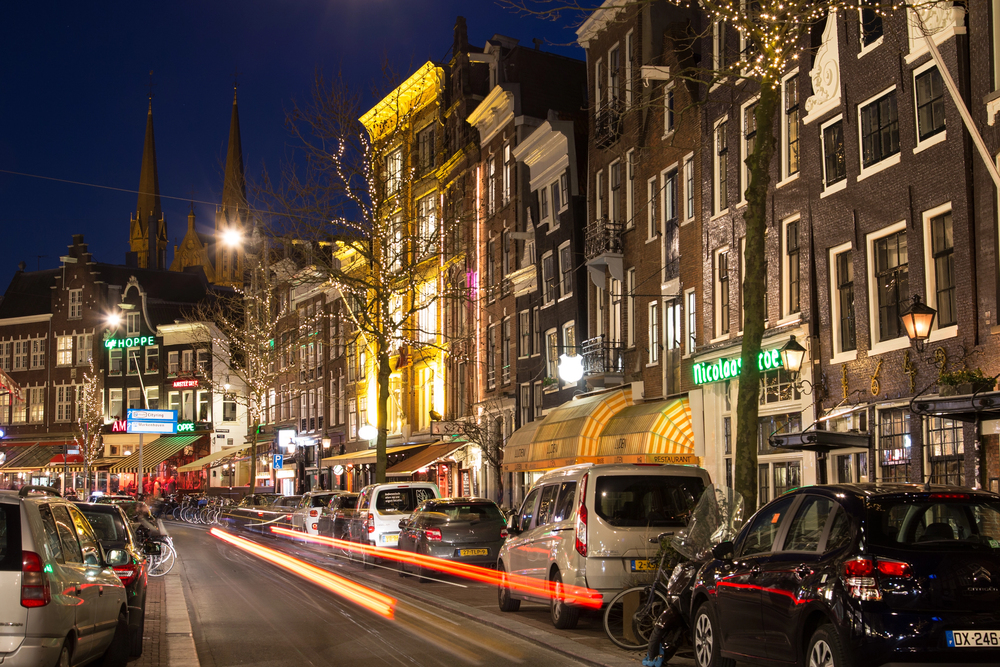
— Photo by macinlondon
GPS apps often route tourists through the most congested areas because they prioritize famous landmarks over efficient travel patterns. Locals know alternative routes that avoid crowded squares and busy shopping streets — using smaller canals and quieter neighborhoods to get around faster. Learning these back routes not only saves time but also gives you glimpses of authentic Amsterdam that most visitors never see, revealing hidden courtyards and charming side streets.
Understand Dutch Directness

What tourists sometimes perceive as rudeness is actually just Dutch communication style: direct, efficient, and without unnecessary pleasantries. Locals appreciate when visitors get straight to the point rather than engaging in lengthy small talk that accomplishes nothing. This cultural trait extends to everything from ordering food to asking for directions — brevity and clarity are valued over flowery language.
Know the Real Happy Hours
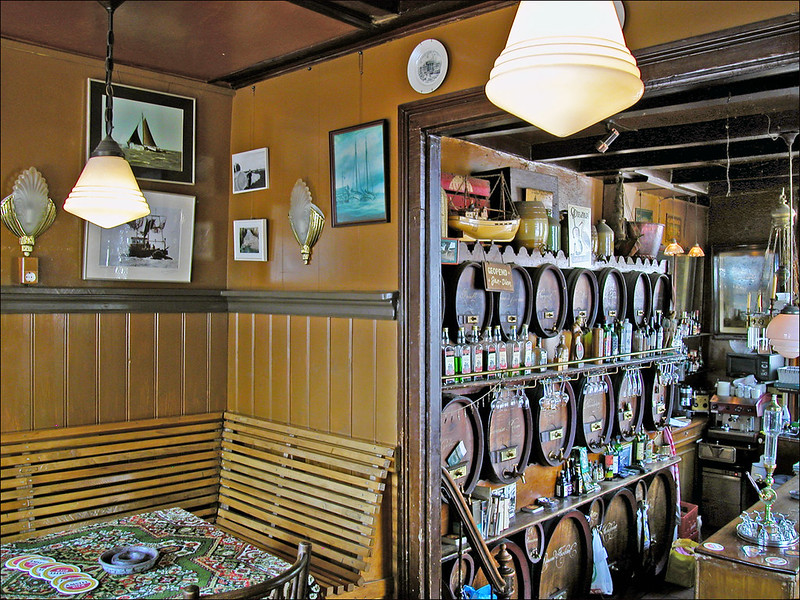
Tourist-oriented bars advertise happy hours that locals never actually use because they know about better deals elsewhere. The real bargains happen at neighborhood brown cafés (bruine kroegen) during off-peak hours when regulars gather for reasonably priced drinks — these traditional pubs offer authentic experiences. Prices won’t shock your wallet like those in tourist zones, though the atmosphere might be more subdued than flashy cocktail bars.
Dress for the Weather
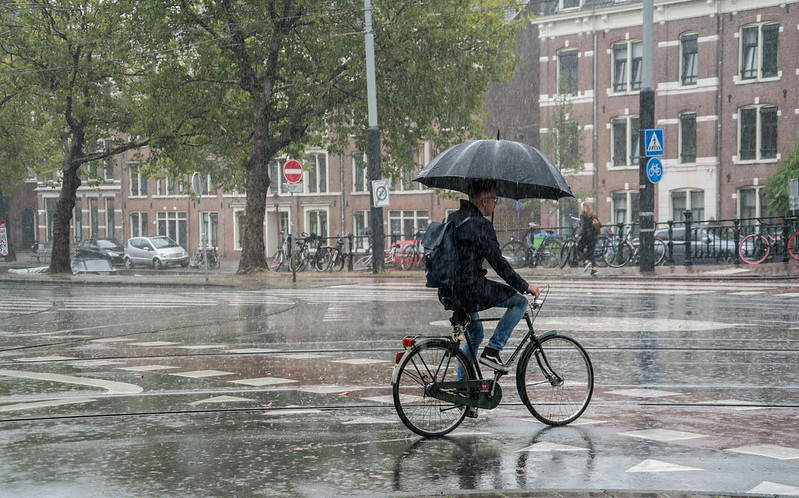
Amsterdam weather changes faster than a politician’s promises, and locals always carry layers plus rain gear. The city’s proximity to the North Sea means sudden downpours and strong winds are common — even on days that start sunny. Smart locals dress in practical clothing that can handle bike rides, unexpected rain, and cobblestone streets that become treacherous in the wrong footwear, particularly heels or smooth-soled shoes.
Shop Where Locals Shop
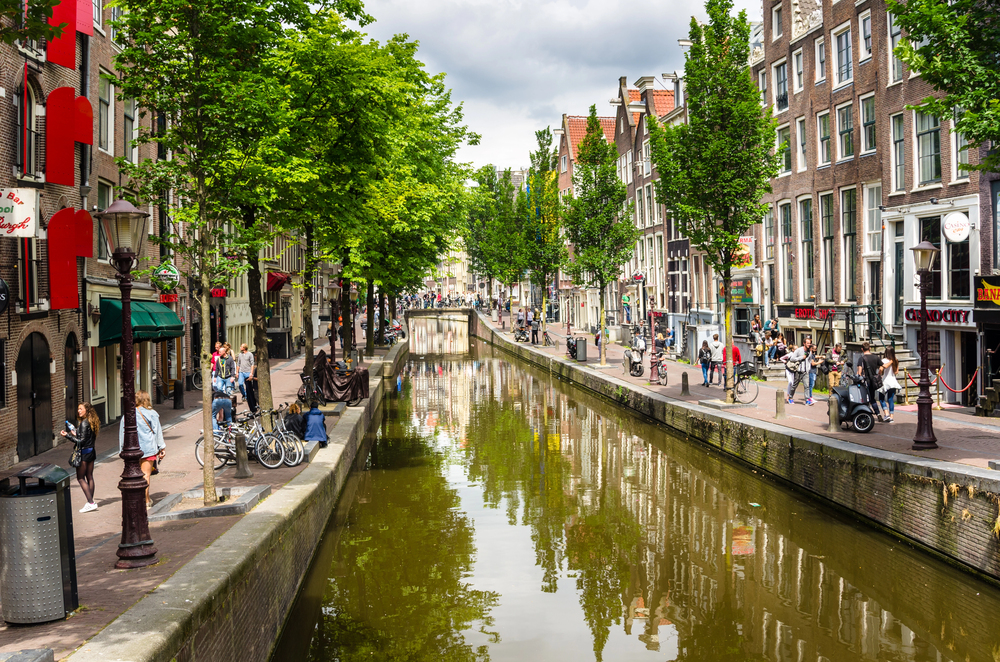
— Photo by Alpegor6
The souvenir shops lining major tourist streets sell overpriced items that no local would ever buy for themselves — wooden shoes and miniature windmills aren’t exactly daily necessities. Instead, Amsterdammers frequent local markets like Noordermarkt for fresh produce and unique finds. Neighborhood shopping streets offer prices that reflect local purchasing power rather than tourist budgets, though you’ll need to venture beyond the main attractions to find them.
Learn Basic Dutch Phrases

While most Amsterdammers speak excellent English, making an effort to use basic Dutch phrases shows respect and often results in warmer interactions. Simple greetings like ‘dank je wel’ (thank you) and ‘excuseer’ (excuse me) go a long way toward breaking down the tourist barrier. Locals appreciate the effort even if your pronunciation isn’t perfect, though don’t worry too much about getting every syllable exactly right.
Understand Opening Hours

Amsterdam operates on European schedules that can catch American visitors off guard, with many shops closing early on Sundays or taking long lunch breaks. Locals plan their errands around these schedules rather than expecting everything to be open all the time. Grocery stores, pharmacies, and even some restaurants have specific hours that residents know very well, have to learn it the hard way when they discover closed doors.
Find the Hidden Green Spaces
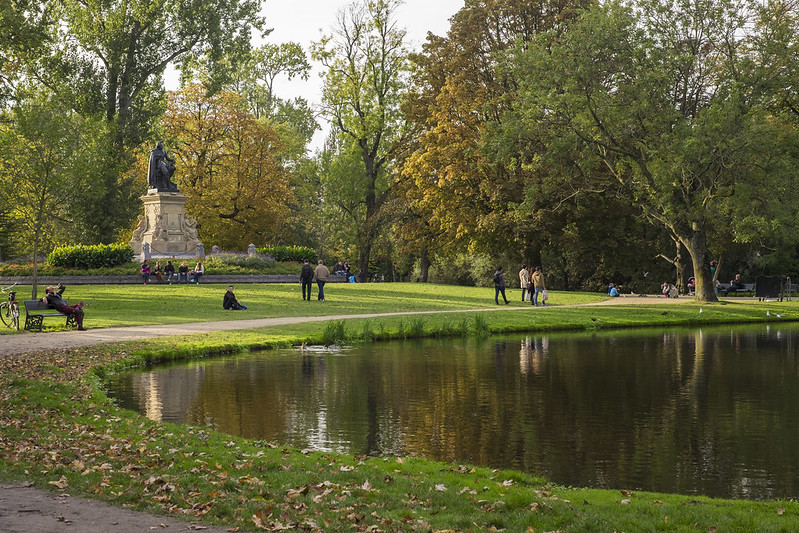
While Vondelpark gets all the attention, locals know dozens of smaller parks and hidden gardens throughout the city. These quieter green spaces offer peaceful breaks from urban life without the crowds of major attractions, providing breathing room when the city feels overwhelming. Parks like Oosterpark or Westerpark provide authentic glimpses of how residents relax and socialize away from tourist areas, complete with pickup football games and impromptu picnics.
Respect Local Neighborhoods
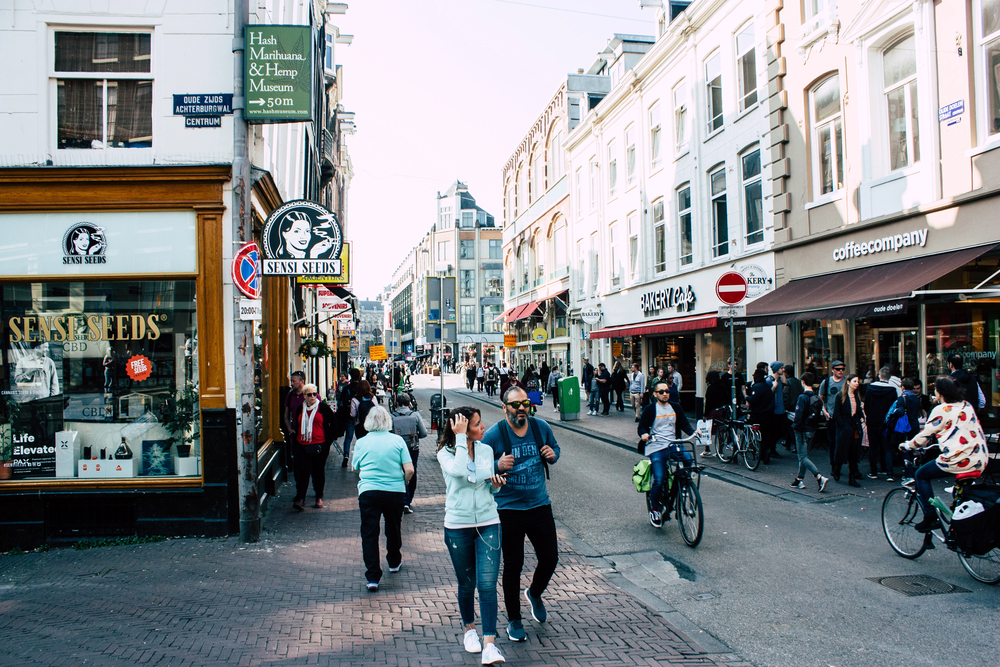
Trendy areas like the Jordaan or De Pijp are actual residential neighborhoods where people live normal lives, not theme parks designed for tourist entertainment. Locals get understandably annoyed when visitors treat their streets like movie sets, making excessive noise or blocking doorways for photos while residents try to get home from work. The key involves remembering that behind every picturesque facade, real people are attempting to go about their daily routines without constant interruption.
Know When to Skip the Lines
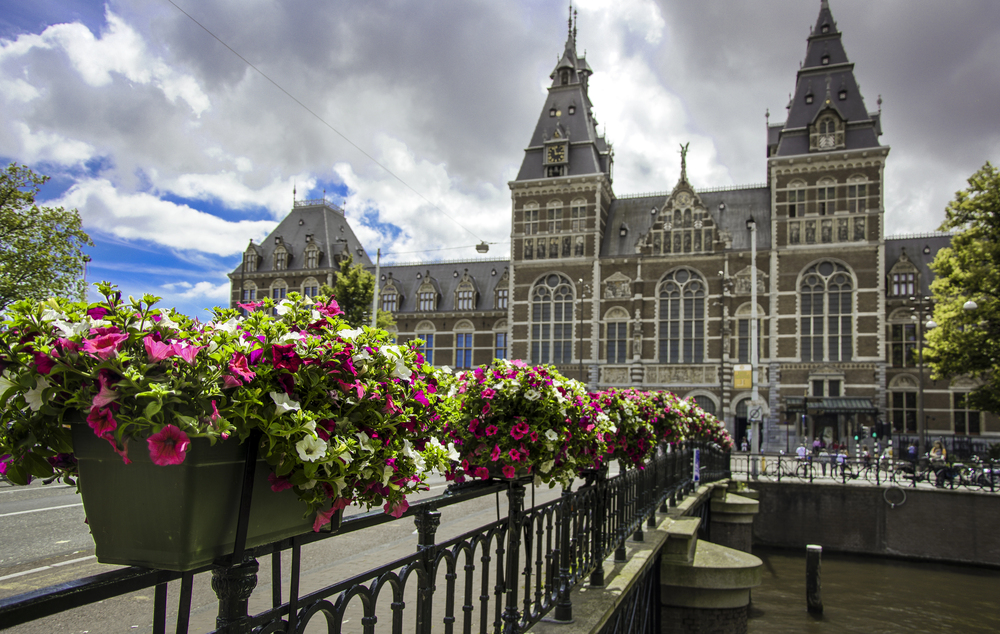
Many of Amsterdam’s famous attractions have peak hours when locals avoid them entirely, knowing that certain times offer much better experiences without the hassle. Museums are typically less crowded on weekday mornings, while popular restaurants have quiet periods between lunch and dinner rushes when service is more attentive. Timing your visits like a local means shorter waits and more enjoyable experiences, though it requires some flexibility in your schedule.
Understand the Tipping Culture

Unlike American dining culture, tipping in Amsterdam follows European customs that many tourists get wrong, sometimes creating awkward situations. Locals typically round up to the nearest euro or add about 10% for exceptional service, but large tips can actually make servers uncomfortable rather than grateful. The key involves reading the situation carefully — good service deserves recognition, yet over-tipping marks you as an obvious tourist and can create strange interactions.
Beyond the Tourist Bubble
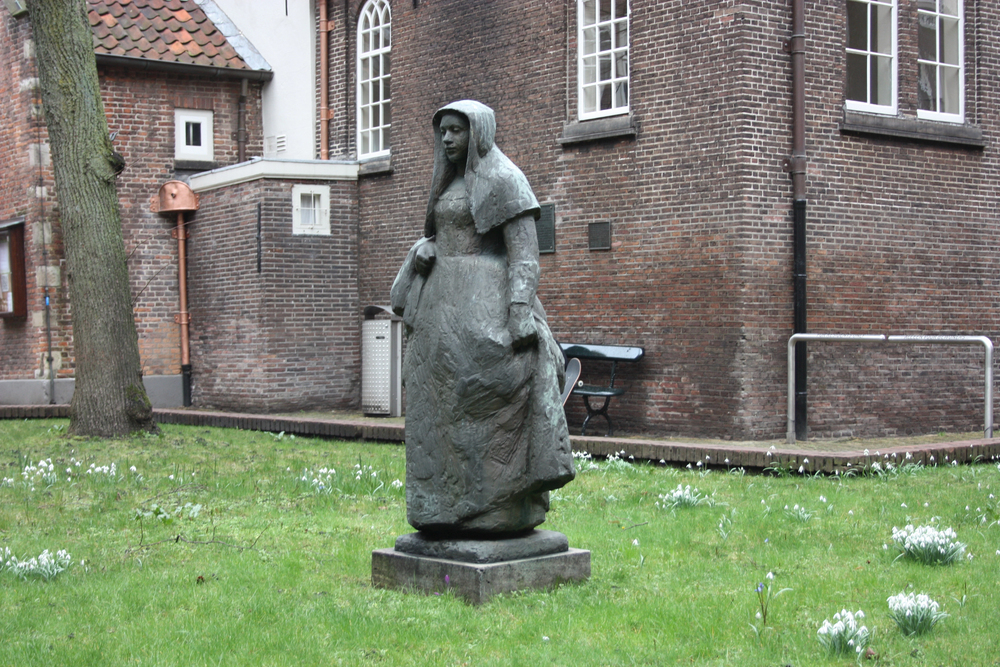
Amsterdam’s charm lies not in checking items off a sightseeing list, but in understanding the rhythms and customs that make this city function as a living, breathing community. These local insights reflect centuries of Dutch culture adapted to modern urban life — from practical considerations like weather and transportation to social norms around communication and community respect. When visitors take time to observe and adapt to local ways, they discover an Amsterdam that’s far richer and more rewarding than any guidebook could capture, revealing layers of history and culture that transform a simple vacation into genuine cultural exchange.
More from Travel Pug

- 20 Best Beach Towns in the Carolinas
- 13 Destinations Where Tourists Regularly Regret Their Trip
- 20 Things You Actually Get in First Class
- 20 Small Airports With Aviation Museums
- 20 Places in the U.S. That Are Perfect for a Reset Trip
Like Travel Pug’s content? Follow us on MSN.
